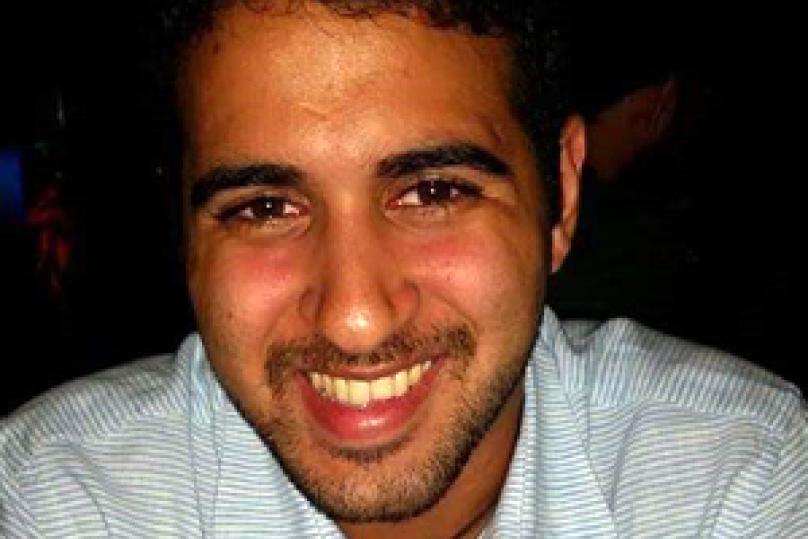
By Daniel Nissani, MƒA Early Career Teacher
Eugenia Cheng, the author of How to Bake Pi, said in a colloquium she gave at MƒA this past fall that mathematics is best learned through understanding and play. She went through various examples, including connecting category theory to Bach and Battenberg cakes with group theory. Doing so, Cheng showed how intuitive ideas that have visual components can make mathematics playful and understandable. Math education researchers have further supported this idea across the country. Jo Boaler, a mathematics education researcher at Stanford University, recently released a collection of studies showing how important visualization is in mathematics, and even provided problems that use visualization to increase understanding.
In my experience, many students do not go through the problem solving process, or at the very least, they do not go through this process successfully. Although we can train young people to access visualizations and use them to their benefit. Trying to understand the problem and exploring the mathematics without looking for a solution does not translate to actual use in problem solving. And I think much of this is because of assessment.
Teachers know the importance of assessment. Students need to know whether they have successfully obtained a skill or acquired some piece of information. But I wonder whether exams, projects, or quizzes really assess what we want to assess.
As a teacher, I want my students to learn how to solve problems, to explain their thought process, and to gain an appreciation for what mathematics can explain. However, what I assess is whether they can solve a specific set of close formed problems that relate to those we have already solved, in a limited amount of time, by themselves or in groups. This is how my colleagues and other teachers assess their students as well – whether it’s couched in a project, exam, or even as a performance task.
After such a process, we gain valuable insights into what our students know and don’t know. But, do they? Even with various feedback protocols I have developed this past year, techniques I’ve learned from other teachers, and rubrics I have used to show students what they need to do to be successful, I have little evidence to show that my students learn much more than how to take a specific assessment I’ve given. And as a teacher, this is terrifying.
The reason for this has been out there for quite some time and should no longer be ignored. When we give our students exams, quizzes, projects, or something of our own design, we remove them from the process of assessment. They receive a message that the only thing important in class is success in a specific moment in time rather than being concerned about learning the content. And even if they get a 100%, I personally do not know whether they learned the content at all.
When I go to solve problems with students, or anyone for that matter, I do it in the spirit that Eugenia Cheng stated. I try to find the connections within the mathematics, or even use analogies to real life. The problem speaks to us. If students find the problem difficult, we’ll work to visualize it, as Jo Boaler promotes, because visuals are great ways to understand mathematical phenomena. And when they draw a blank about the problem, I don’t push the students to a solution. I want them to go on an adventure through a forest of symbols and numbers, making sense of the problem’s inherent
symmetries. It is then that they experience the wonder and beauty of mathematics.
But this sense of ownership gets stolen from young people when they take assessments. They are given a message that those things they do to assess themselves isn’t enough. That they need us to tell them when they are right or wrong. And that is the problem with assessment.
